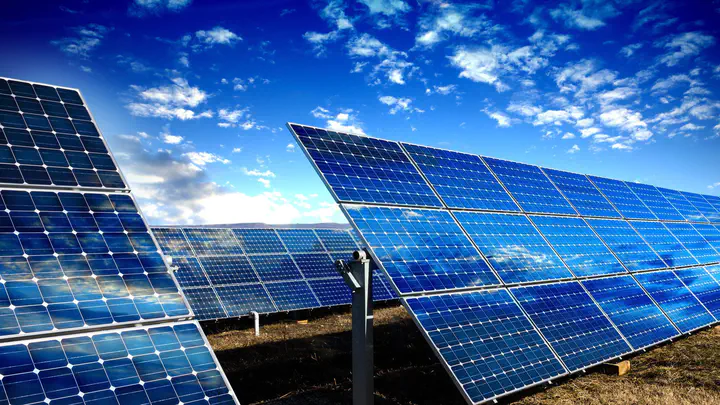The efficiency of solar cells

In this experiment we investigate how the performance of solar cells are dependant on different factors, ranging from the distance of the light source, angle of incident radiation and load to the light profile incident on the solar cells.All of these experiments resulted in a better understanding of the limitations of solar cells.
when investigating the load’s resistance we found that the power output peaks when the load resistance is equal to the internal resistance of the solar cell, this resistance was observed to be 1533Ω, with the internal resistance being measured at 1176Ω, thus giving us an error of 23.4%, this is further discussed in section 6. We also calculated the fill factor to be 0.1779.
On the other hand, when investigating the power output with respect to the angle of incidence of the incoming radiation, we found that the power increases linearly with the increasing angle of attack, this produced a maximum power output when the plane of the solar cells was perpendicular to the angle of attack and a minimum when parallel.
We also discovered that the power output obeys an inverse square relationship when the distance of the light source is increased while keeping everything else constant, leading to the conclusion that the number of photons incident is directly responsible for the generation of power. Furthermore we investigate how the light profile influences the power output, after some analysis in section 5, we managed to reach a conclusion, that being, in general terms, photons with a higher wavelength are responsibly for the majority of the power produced by the solar cells.